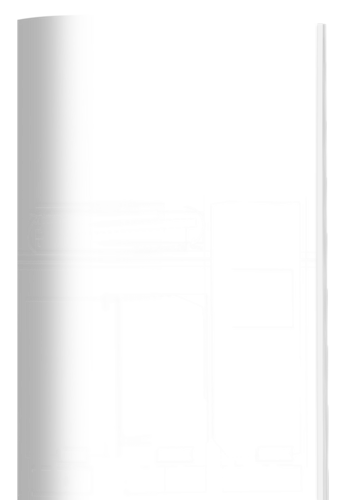Condensate technology for turbo compressors
Nothing is small here. Those who dive into the spacious Duisburg smelting plant area of ThyssenKrupp Steel Europe AG must prepare themselves for huge impressions in every respect. The traditional site of the steel producer had a period of 120 years to reach its present-day dimensions and significance. Currently, it is the biggest site of the corporate group in Germany in terms of workforce numbers.
ThyssenKrupp Steel Europe focuses on the fast-growing segment of high-quality flat steel. The range of services extends from material solutions, product-specific processing and comprehensive services to finished elements and units made of steel. By concentrating metallurgy and most of the hot strip production in Duisburg, a site concept has been created on the Rhine which is unique in Europe. It is topped off by high-capacity coldrolling and coating activities.
As is the case in nearly all industrial processes, compressed air belongs to the important energy carriers here. Simultaneously, it is the central element of process safety at ThyssenKrupp Steel Europe AG. The attention paid to com-pressed air and its processing is correspondingly great.






